Its result was the restoration of control over a larger territory than it was lost due to the offensive of the Putin Army in the Donbass. Last week, Putin was shaking publicly before his visa - President of China Xi Jinping, and India President Nari Modi read him for a policy on Ukraine. And in Russia, local liberal politicians, extreme nationalists and even legendary singer Alla Pugacheva are criticized by Putin's war with Putin.
Video of the day of this week, Putin gave a "off" for these events, consisting of three parts. The most important was the announcement of "partial mobilization" of 300 thousand reservists to renovate troops, ground with Ukrainian forces since February. But he also approved fictitious referendums on the accession of those regions of Ukraine that partially control the Russian forces. He then again played a single card that he used before the February invasion to achieve more effect.
He repeated that Russia would use nuclear weapons to protect its territory, and hinted that if fictitious referendums would lead to the "annexation" of the Russian Federation of these regions, they will also be protected by the Moscow nuclear umbrella. This package of measures is an escalation but cautious. The word "mobilization", of course, sounds impressive, but it includes present and former soldiers.
Civilians who are not interested in military service and in the bloody Putin's war against Ukraine are not called. Thus, Putin continues to avoid political risk from the official declaration of war and attracting recruits from Russian cities across the country. Risk limitation also applies to Putin's last nuclear threat. It approves fictitious referendums, insists that Russia will use nuclear weapons to protect its territory and "it is not bluff".
But he only means, not directly declares that nuclear weapons will be used if Ukraine continues to attack Russian troops on Ukrainian soil, which Russia "annexes". When evaluating this threat, it is appropriate to note that Ukraine has made successful blows in the Crimea, which Russia "annexed" eight years ago. But the atomic mushroom has not grown on the horizon.
Unfortunately, Baiden's administration was sometimes subjected to Moscow's nuclear threats and refused to provide Ukraine with all its weapons. But not always. On September 18, Biden gave Putin a clear signal publicly against the use of mass destruction in Ukraine. This is a squeal way to cope with Putin's recent nuclear blackmail. The translation of HB has an exclusive right to translate and publish the Atlantic Council columns. The full version of the text is forbidden.
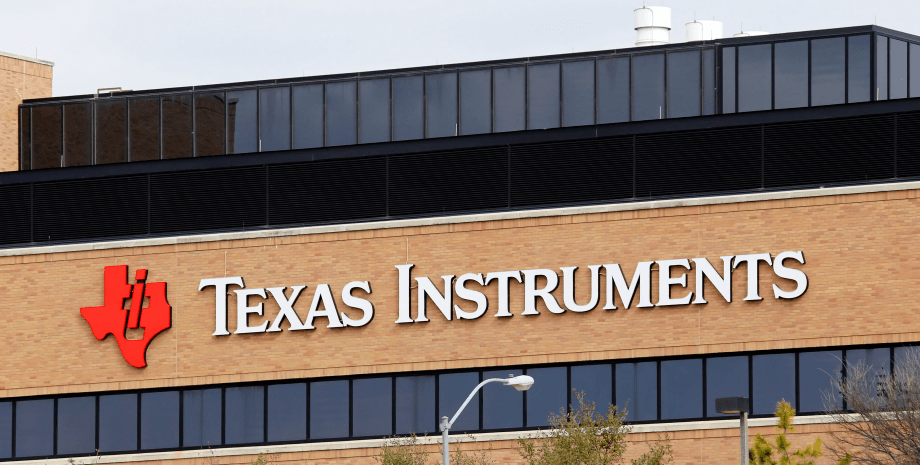

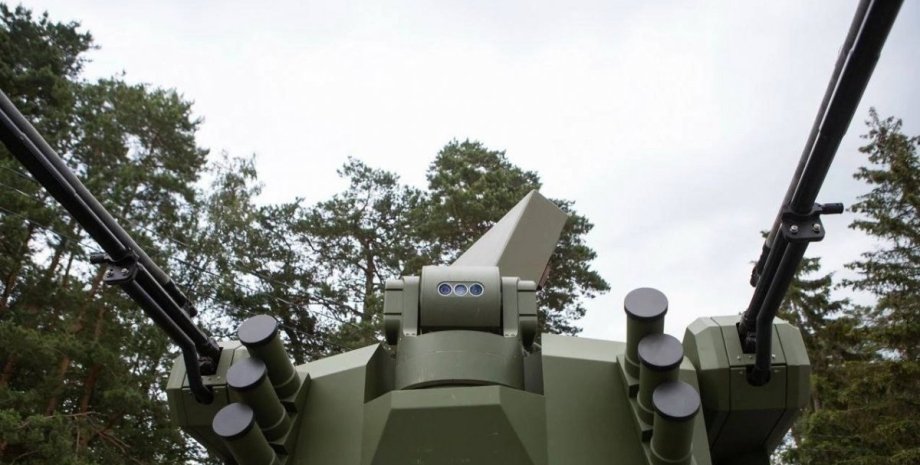
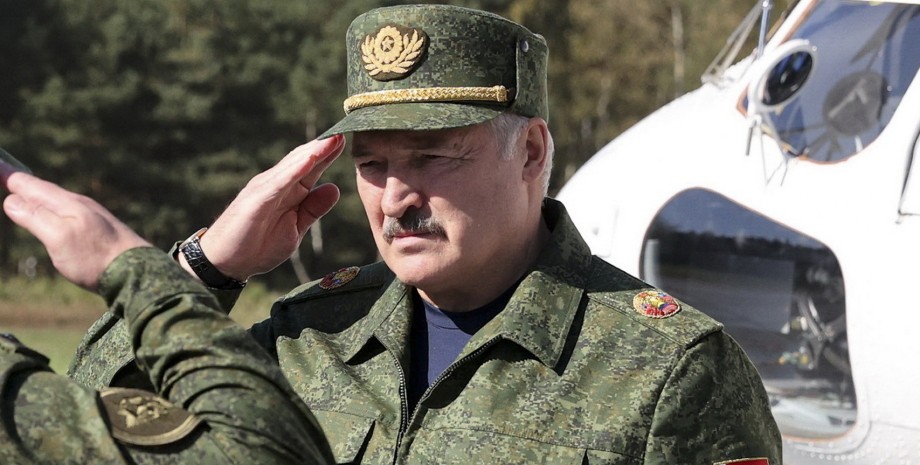
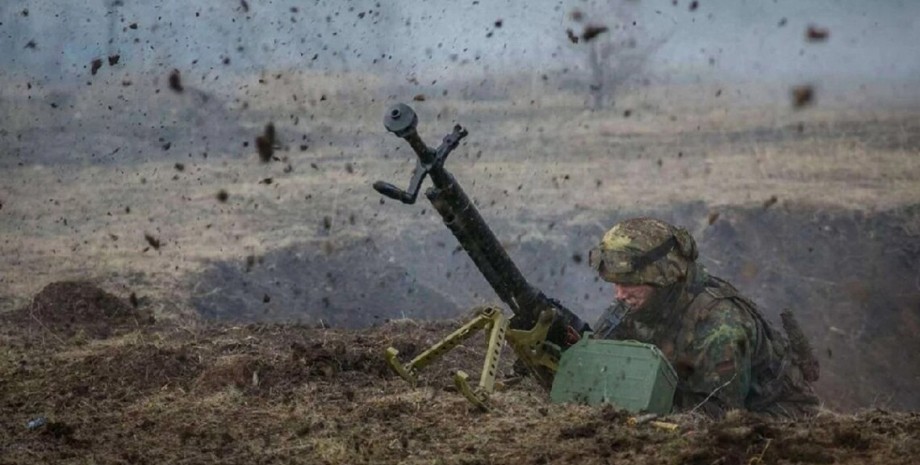

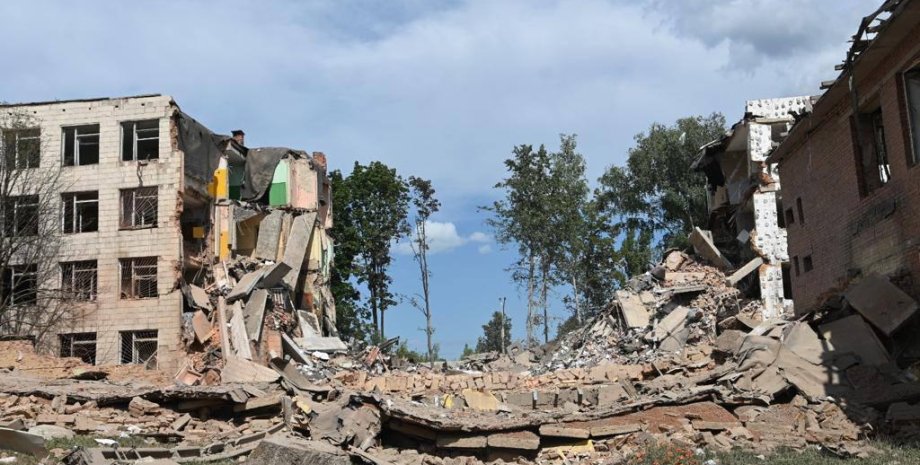
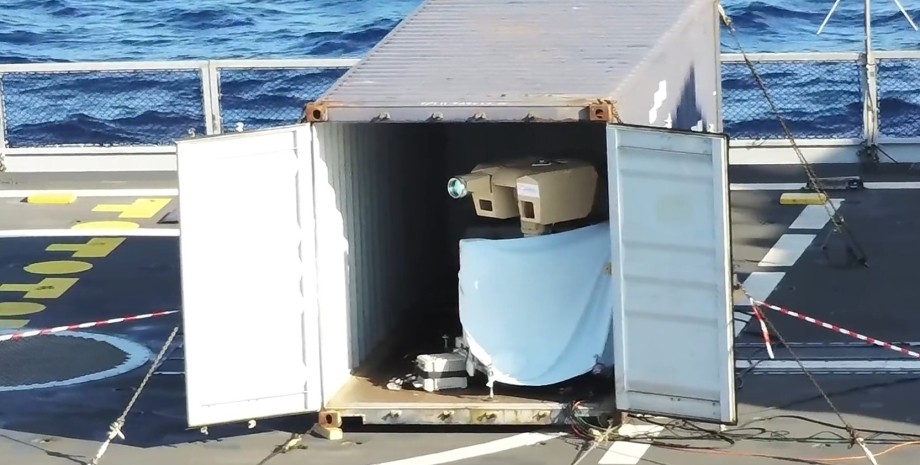
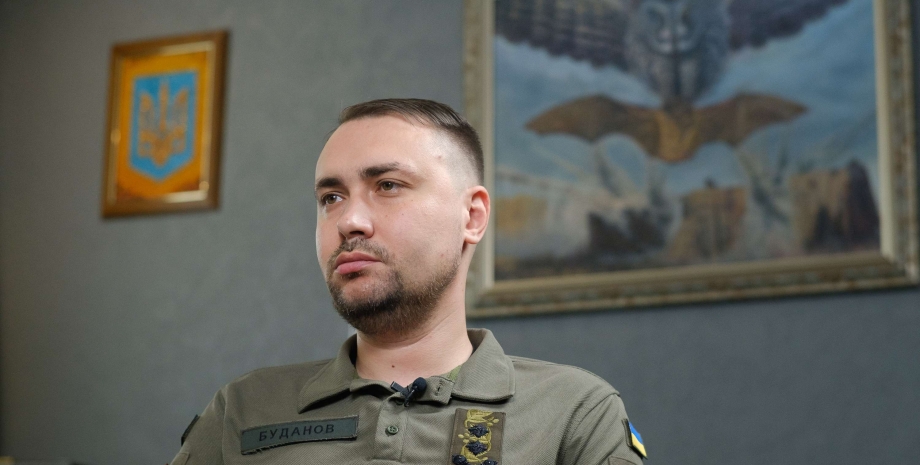
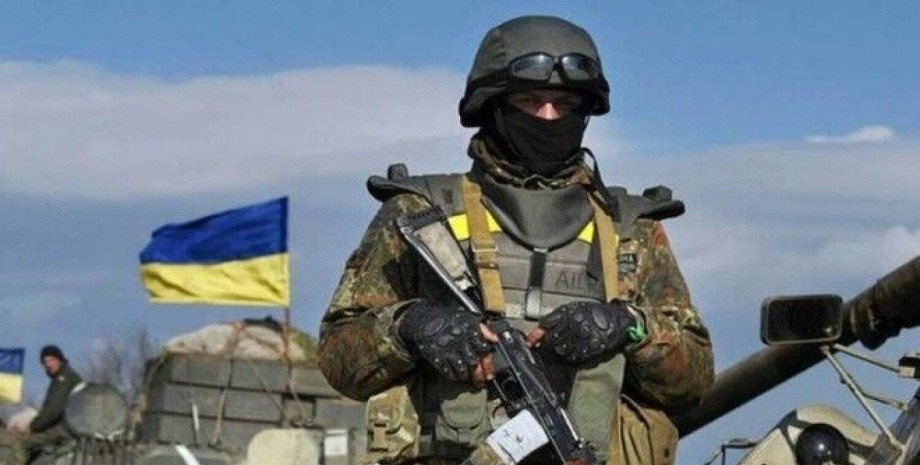
All rights reserved IN-Ukraine.info - 2022